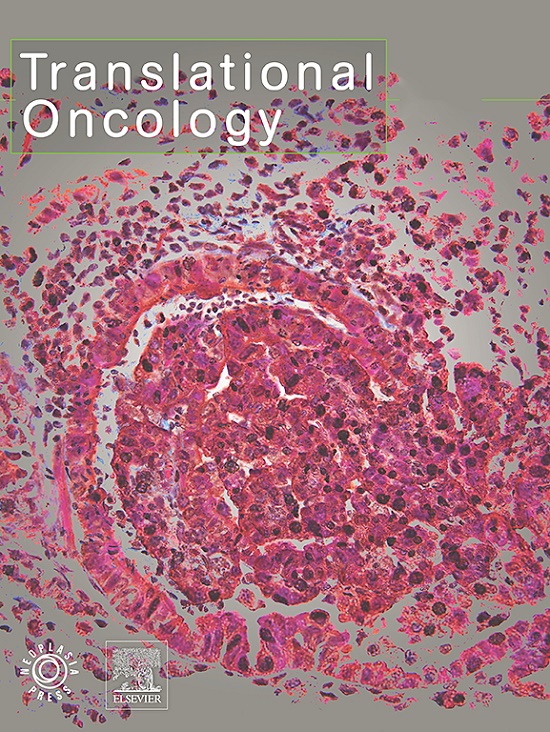Understanding the cellular and molecular heterogeneity in colorectal cancer through the use of single-cell RNA sequencing
IF 5
2区 医学
Q2 Medicine
引用次数: 0
Abstract
The very prevalent nature, genetic variability, and intricate tumor microenvironment (TUME) of colorectal cancer (COREC) are its defining features. In order to better understand the molecular and cellular make-up of COREC, this work used single-cell RNA sequencing (SRNAS) to isolate and characterize important cell types as well as their interactions within the TUME. Our analysis of 51,204 cells yielded six distinct types: epithelial, fibroblast, endothelial, T&NK, B, and myeloid. C3 B cells were shown to be the most active in immunological regulation, according to chemokine signaling study, which was one of seven clusters of B cells that were thoroughly subtyped. The examination of copy number variation (CONUV) revealed a great deal of genetic variability, especially in epithelial cells. We traced the activity of three key transcription factor clusters (M1, M2, and M3) across all B cell subtypes using transcription factor analysis. We created a predictive model that correctly sorts patients according to survival results by using marker genes from C3 B cells. In addition, the relationship between genetic changes and the immune system was better understood by tumor mutational burden (TUMUB) and immune infiltration studies. Our research sheds light on the genetic complexity and cellular variety of COREC, which in turn opens up new possibilities for targeted treatments and individualized approaches to patient care.
求助全文
约1分钟内获得全文
求助全文
来源期刊

Translational Oncology
ONCOLOGY-
CiteScore
8.40
自引率
2.00%
发文量
314
审稿时长
54 days
期刊介绍:
Translational Oncology publishes the results of novel research investigations which bridge the laboratory and clinical settings including risk assessment, cellular and molecular characterization, prevention, detection, diagnosis and treatment of human cancers with the overall goal of improving the clinical care of oncology patients. Translational Oncology will publish laboratory studies of novel therapeutic interventions as well as clinical trials which evaluate new treatment paradigms for cancer. Peer reviewed manuscript types include Original Reports, Reviews and Editorials.
 求助内容:
求助内容: 应助结果提醒方式:
应助结果提醒方式:


